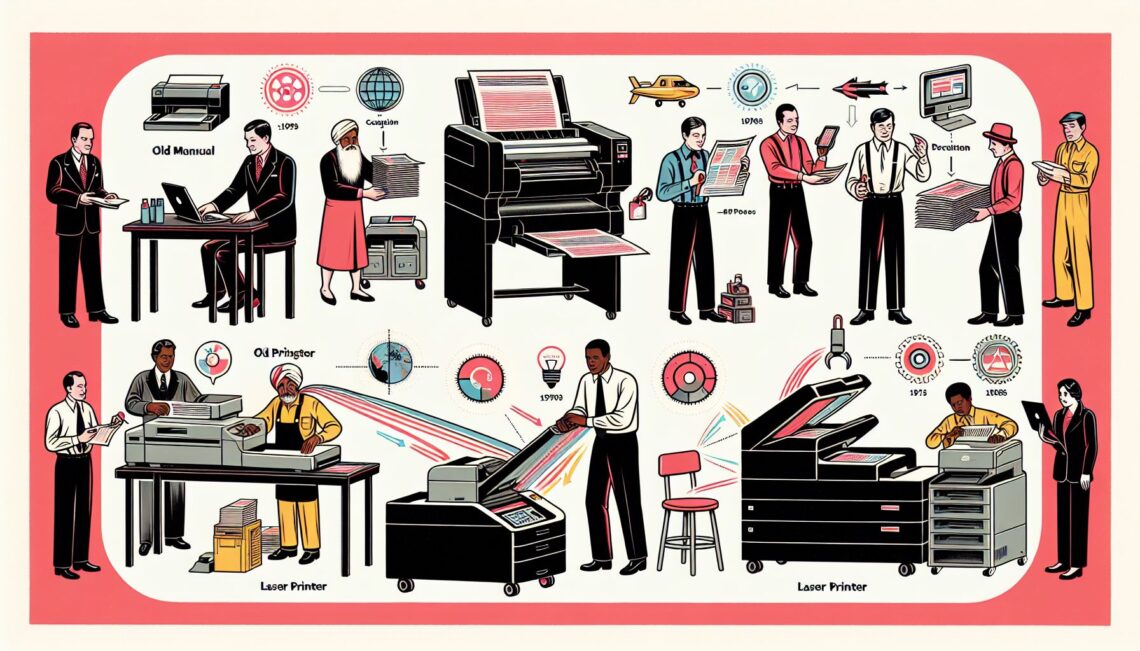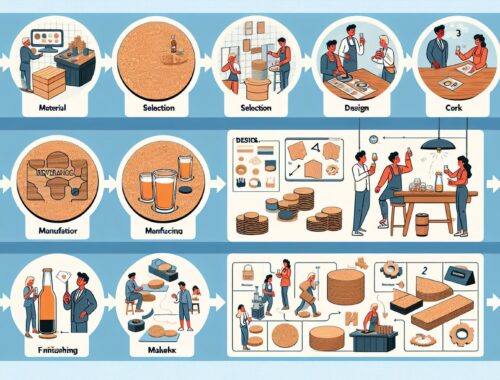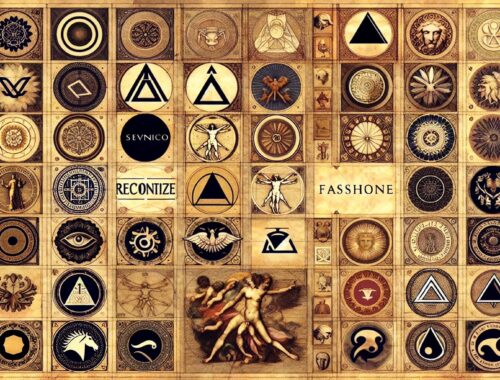
How Laser Printers Revolutionized the Print Industry
In today’s fast-paced world, where instant communication is the norm, the print industry continues to flourish. From print shops catering to large corporations to independent graphic designers forging successful careers, the demand for high-quality prints remains steady. Behind this success story lies the workhorse that is the laser printer. Leveraging advanced technology, laser printers have revolutionized the print industry, providing professionals with efficient and impeccable printing solutions.
A Brief Overview of Laser Printers
Unlike their inkjet counterparts, laser printers employ a completely different printing process. The technology behind laser printers, known as xerography, was developed by industry pioneer Chester Carlson in the late 1930s. It wasn’t until the 1970s when laser printers started appearing in offices, offering an alternative to the traditional and slow dot matrix printers.
Understanding the Laser Printing Process
At the heart of a laser printer is a photoreceptor drum, typically made of high-quality, light-sensitive material. The printing process begins with a laser beam, guided by a rotating polygon mirror, scanning across the drum’s surface. As the laser beam hits the drum, it discharges the static electricity in specific areas, creating a pattern of positive charges.
Next, the drum rotates as it brushes against a toner cartridge. The toner consists of tiny, charged particles of powdered ink, composed of pigments and resins. The positively charged areas on the drum attract the negatively charged toner particles, effectively transferring the toner onto the drum.
To transfer the toner onto the paper, a sheet of paper is fed into the printer. As the paper passes through the printer, it receives a negative charge from a transfer corona wire. The negatively charged paper now attracts the positively charged toner particles, resulting in the image being transferred from the drum onto the paper.
To ensure the toner adheres permanently to the paper, heat and pressure are applied in the fusing unit. The paper passes between a pair of heated rollers, melting the toner particles and fusing them onto the paper fibers. This process ensures a durable and smudge-resistant print.
The Advantages of Laser Printing
Laser printers offer a multitude of advantages compared to other printing technologies, making them an ideal choice for print shops and graphic designers. Firstly, laser printers consistently deliver sharp and crisp prints, thanks to their high resolution and precise toner placement capabilities.
Furthermore, laser printers are known for their speed and efficiency. As they utilize the scanning laser beam technique, they can print a page in a single pass, significantly reducing the time required to complete a print job. This efficiency is especially crucial for print shops handling large volumes of work or graphic designers working under tight deadlines.
In addition to their impressive speed, laser printers also surpass other printing technologies in terms of durability. The laser toner produces prints that are resistant to water, fading, and smudging, ensuring longevity and vibrancy of the printed materials.
Conclusion
As print shops continue to thrive and graphic design careers evolve, laser printers remain the cornerstone of the print industry. Through their remarkable technology and efficiency, these marvels of engineering have forever changed the way professionals produce high-quality prints. With their ability to consistently deliver impeccable results, it’s no wonder why laser printers have become an indispensable tool for anyone seeking excellence in the printed form.
You May Also Like

The Most Recognized Fashion Logos of All Time: A Guide for Designers
November 15, 2023
How to Make and Market a Beverage Coaster for Business Owners
November 20, 2023

